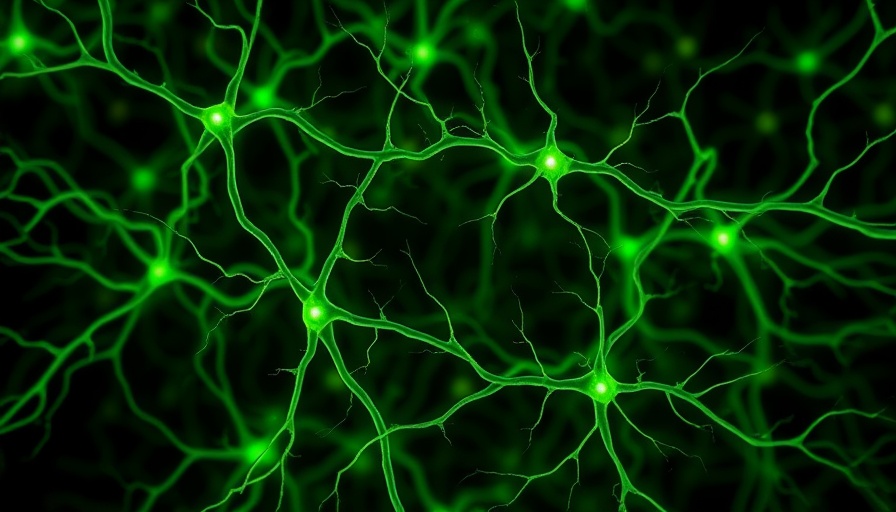
The Dance of Hormones: How Estrous Cycles Affect Learning
The nervous system is remarkably responsive, and recent findings shed light on how estrous cycles influence spatial learning in mice. Researchers have documented significant fluctuations in the brains of these animals that correspond not just to reproductive functions but also to their ability to learn and remember. In the study conducted by Emily Jacobs and her team at the University of California, Santa Barbara, variations in estradiol levels were linked to noticeable changes in the structure and function of the hippocampus, the brain's memory center.
Linking Hormonal Changes to Brain Functionality
Jacobs's research utilized state-of-the-art techniques like calcium imaging and microperiscopes to observe dendritic spines—small protrusions on neurons essential for communication. The study revealed that during different phases of the estrous cycle, particularly proestrus when estradiol levels peak, the density of dendritic spines can increase by as much as 11.5%. Conversely, during the estrus phase, which coincides with ovulation when hormone levels drop, there is a 12.4% decrease in spine density. This cyclical response highlights the brain's remarkable capacity to adapt based on hormonal influences, providing a deeper understanding of neuroplasticity—the brain's ability to reorganize itself by forming new neural connections.
The Legacy of Past Research: A Foundation for New Discoveries
This current study builds upon pivotal research from the 1990s, which challenged the previously held belief that estrogens played limited roles outside reproductive systems. Catherine Woolley, a notable figure in neurobiology, faced skepticism when suggesting that hormones like estrogen could influence brain structure and function. Today’s findings serve as a validation of those innovative ideas, emphasizing how hormonal dynamics directly affect the cognitive capabilities of living organisms.
Discussion of Reproductive Hormones: Beyond Biology
Understanding the role of reproductive hormones in brain function not only has implications for basic science but also raises important social and medical considerations. For instance, as age increases, the effects of estrogen on dendritic spine density diminishes, raising questions about how hormonal changes may influence cognition in aging populations or during significant life events like pregnancy.
Broader Implications for Human Health
The exploration of how estradiol and progesterone influence cognitive functions in mice may also reflect phenomena observed in humans. Imaging studies in women show that fluctuations in these hormones during the menstrual cycle and menopause correlate with structural changes in the brain, suggesting that understanding these relationships could lead to better management strategies for issues like memory loss and cognitive decline.
Conclusion: The Interplay of Hormones and Memory
As research continues to dissect the complexities of the brain, studies like Jacobs's are paving the way for a new understanding of how cyclical hormonal changes can significantly influence learning and memory functions. For educators, healthcare professionals, and caregivers, this research carries substantial implications, enhancing our comprehension of how hormonal health intertwines with cognitive capabilities.
Whether learning about the significance of these findings or translating knowledge into practical strategies, it is crucial to continue exploring the intersections of biology and daily life. Engaging with and understanding such cutting-edge research is not just for scientists; it invites everyone to appreciate the intricate ways in which our bodies and brains adapt to the rhythms of our biological cycles.
 Add Row
Add Row 

 Add
Add 


Write A Comment